
Honey bees are actually not native to North America, but neither are many of our crops and garden plants. Nevertheless, these little golden soldiers have become essential to our horticulture.
According to the United States Department of Agriculture, honeybees are responsible for pollinating 80 percent of our flower crops, which accounts for one-third of everything we eat. Nuts, alfalfa, apple, cantaloupe, cranberry, pumpkin, sunflower, and many other delicious and healthy foods depend on pollination by honeybees.
Yet the USDA also said that honey bees and other pollinators have had to face increasing obstacles in recent years, including deformed wing virus, nosema fungi, new parasites, nutrition problems, and possible effects of pesticides.
Eric Stewart of Greenman Garden Design in Accord said that applying herbicides and pesticides to lawns and gardens not only harms beneficial pollinators like bees and butterflies, but it also exposes people and animals to these same harsh chemicals.
Stewart also encouraged taking action against the use of chemicals by petitioning local governments to stop spraying herbicides and pesticides. He said that in 2015, local legislators and activists convinced the New York City Department of Environmental Conservation to stop spraying a controversial herbicide, glyphosate, along the Town of Olive’s roadways.
PERHAPS THE MOST BEAUTIFUL WAY TO HELP OUT, THOUGH, IS TO PLANT A POLLINATOR GARDEN.
“DON’T LOOK AT THE VIOLETS, DANDELIONS, HAWKWEED, AND CLOVER AS ENEMIES TO BE EXTERMINATED,” said Stewart. “VIEW THEM INSTEAD AS FOOD SOURCES FOR BEES AND OTHER WILDLIFE.”
HERE ARE SOME OF ERIC’S PICKS AND WHY HE LIKES THEM:
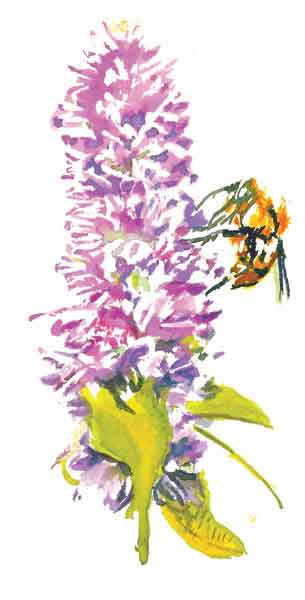
ANISE HYSSOP
Blue fortune is a vigorous variety of anise hyssop that grows three to four feet tall on tough, semi-woody stems. It features colorful spikes of violet-blue flowers that readily attract bees and other pollinators. This plant is not picky about soil and thrives in most any sunny location. Plus, the fragrant green leaves can be made into a tasty tea, and it is resistant to grazing by deer and other garden pests. To brighten your garden, try golden jubilee, another variety of anise hyssop with yellow-green foliage.
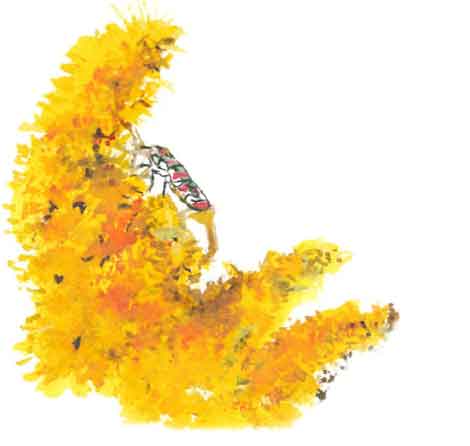
GOLDENROD
This native species is commonly found growing in meadows throughout the area. Often reaching three to four feet tall, its clusters of bright golden-yellow flowers provide a bonanza of nectar for bees, butterflies, and other pollinators. If you have a stand growing on your property, do Mother Nature a favor and leave it be. Or, transplant a few stems to a garden where it can spread vigorously.

MILKWEED
Milkweed is the primary source of food for monarch butterfly caterpillars. It’s a tall, native perennial with large, smooth leaves that ooze white sap when cut or broken, and it produces large clusters of small mauve flowers that transform into silky parachutes in the fall. You can usually buy two variations of milkweed at your local garden store: butterfly weed and swamp milkweed.

BEE BALM
As the name suggests, this attractive perennial is a magnet for many pollinators, including hummingbirds. A member of the mint family that flourishes in average to moist garden soil, it features showy clusters of claw-like flowers in scarlet or magenta as well as foliage that can be used to make a delicious bergamot-like tea.

FENNEL & DILL
These plants are food sources for both you and for swallowtail butterfly caterpillars. Dill, the familiar herb used in pickling and on fish dishes, is a delicious yellow-flowering annual. Fennel is a tender perennial that can grow four to five feet tall and boasts airy clusters of pale yellow flowers with tasty seeds. Purpureum is a particularly attractive variety of fennel with lovely bronze coloring.
BY SEASON
According to Victoria Coyne of Victoria Gardens, “One of the best ways people can help honey bees is by planting plants and flowers that help to feed them.”
HERE ARE HER PICKS BY SEASON:

EARLY SPRING
Earlier blooms are literally a lifeline for bees to sustain their hive in March and April. Some favorites are valley valentine and brouwers beauty, which are floriferous and provide bees with much needed pollen and nectar. Also, hellebores perennials bloom in March, sometimes pushing blooms up from under a layer of snow.
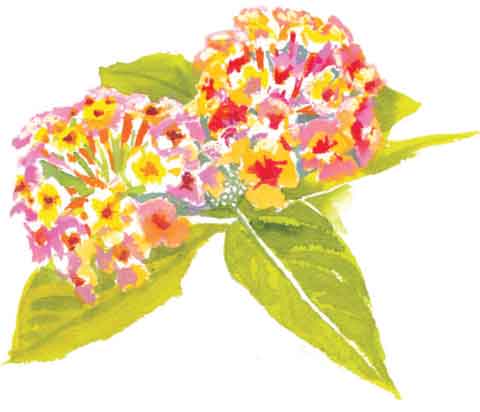
LATE SPRING
In May, a great option for bees and other pollinators are annuals. Two favorites are lantana and sweet alyssum. These beauties will bloom all season long, providing sustenance for bees, butterflies, and humming birds.

SUMMER
Bees excitedly buzz from bloom to bloom once we enter the full swing of summer. Two of their summer favorites are lavender and pincushion flowers.
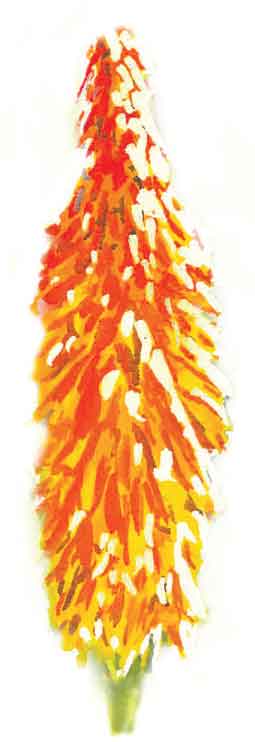
LATE SUMMER
As other perennials fade, these flowers will extend your garden’s food supply for busy bees getting ready for winter: lion’s tail, red hot poker, salvia, and butterfly weed.

AUTUMN
Autumn can provide boisterous color in your garden, even as the leaves change. Blanket flower, coneflower, yarrow, and sedum provide bees (and you) with continuous blooms right up to the first sub-freezing frost.
OTHER FLOWERING NATIVE SPECIES:
Stewart said an additional species to plant in your garden is the lovely butterfly bush, a shrub that acts as a butterfly magnet with its large panicles of fragrant pink, white, blue, or purple blooms.
HERBS like lemon balm and lavender are excellent for honey bees, and currants and blueberries are also great at attracting pollinators.
FLOWERING TREES, such as crabapples, dogwoods, and hawthorns also make wonderful additions to pollinator gardens. Other bee-friendly trees include willows, maples, sweet gum, and sumac.
GREENMAN GARDEN DESIGN
elsgreenman@aol.com
845-687-0407
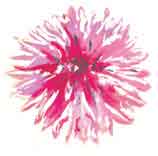
VICTORIA GARDENS
1 Cottekill Road, Rosendale
845-658-9007 victoriagardens.biz

